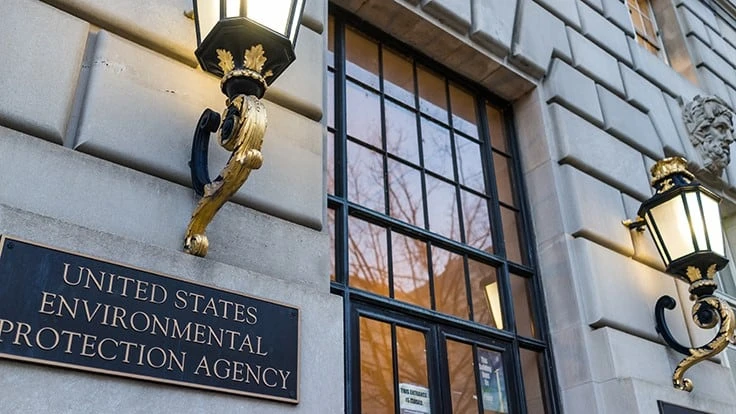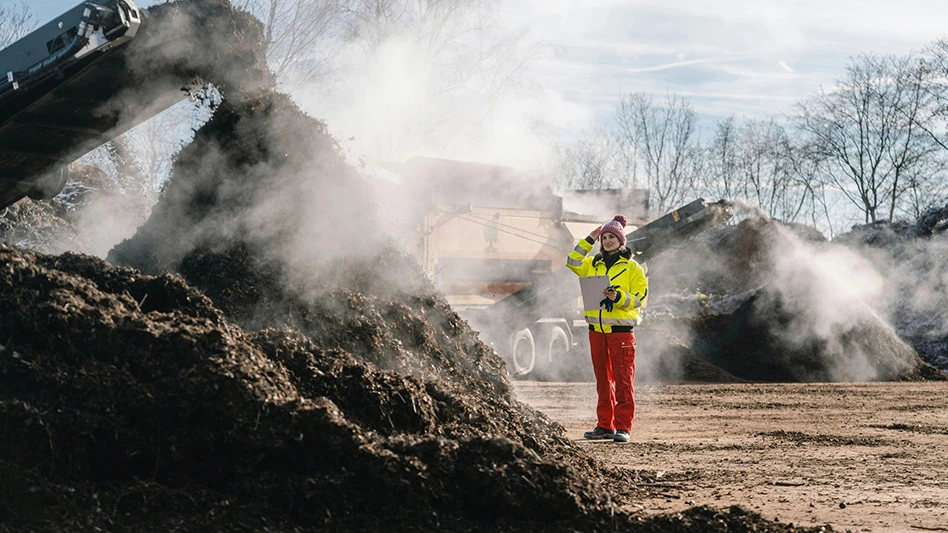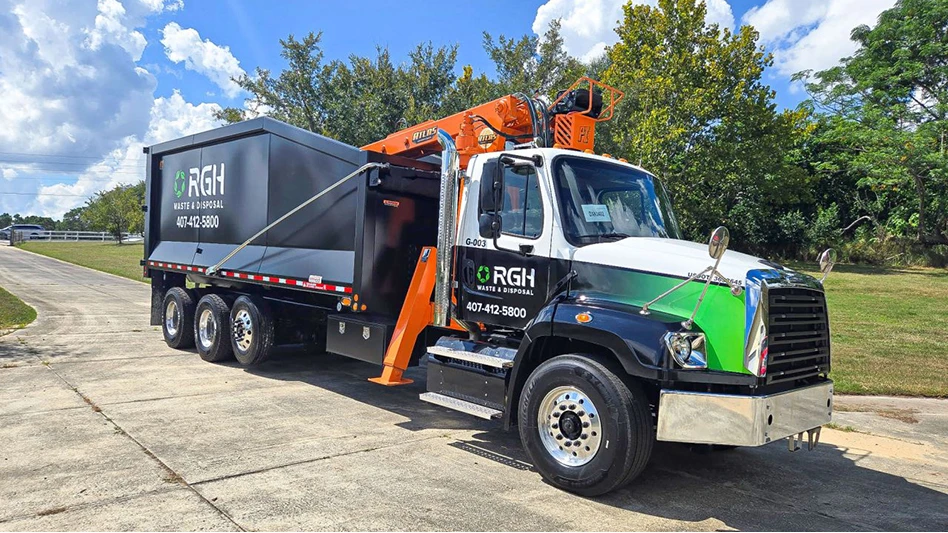
Photo courtesy of Kristina - iStockphoto
The U.S. Environmental Protection Agency (EPA) recently released its strategic plan for the fiscal year 2022 through 2026. The agency plans to develop a stronger, more resilient and cost-effective U.S. municipal solid waste recycling system and reduce greenhouse gas emissions (GHG) by putting an emphasis on a circular economy.
“This Strategic Plan deepens EPA’s commitment to protecting human health and the environment for all people, with an emphasis on historically overburdened and underserved communities,” the agency said in a statement.
The first part of the plan includes updating the Resource Conservation and Recovery Act’s (RCRA's) solid and hazardous waste regulations. While it’s unclear what the agency will change, it says it will develop outreach and guidance to help stakeholders implement the requirements. The EPA says its overall goal is to increase the percentage of updated permits at RCRA facilities to 80 percent from the FY 2021 baseline of 72.7 percent.
The EPA says it will collaborate with federal, tribal, state, local organizations and other stakeholders to develop additional strategies for food waste and the built environment that meet its recycling and food waste reduction goals of 50 percent by 2030, respectively.
“Investing in domestic recycling, as well as solid waste and food waste infrastructure that supports a circular economy, will help resources maintain their highest and best use and reduce GHG emissions,” the agency said.
Batteries and other products with critical minerals are another point of interest for the agency. The EPA says it will work with public and private sector partners on strategies to increase the circularity and recycling of these materials to secure supply chains for critical minerals.
Meanwhile, the Biden administration has submitted a proposal to increase the agency’s budget for the 2023 fiscal year. The agency says the increased budget of $11.881 billion, $1.5 billion from last year, would help it achieve its goals laid out in the Strategic Plan for the fiscal year 2022 through 2026.
“Almost half of the budget ... will support tribes, states and localities, reaffirming the EPA’s commitment to work in concert with our partners and local communities to tackle the climate crisis and ensure that no American family has to worry about the air they breathe, the water they drink or the environmental safety of their homes and workplaces,” EPA Administrator Michael S. Regan says in a statement about the proposal.
Latest from Waste Today
- New York finalizes greenhouse gas emissions reporting regulations
- EPA selects 2 governments in Pennsylvania to receive recycling, waste grants
- NWRA Florida Chapter announces 2025 Legislative Champion Awards
- Yolo County reports fatality at Central Landfill
- New Way expands Canadian presence with Joe Johnson Equipment partnership
- Buffalo Biodiesel shares updates on facility modernization, NYSDEC compliance
- CETY launches HTAP platform for anaerobic digestion facilities
- Terex Ecotec announces Blue Machinery as distributor





